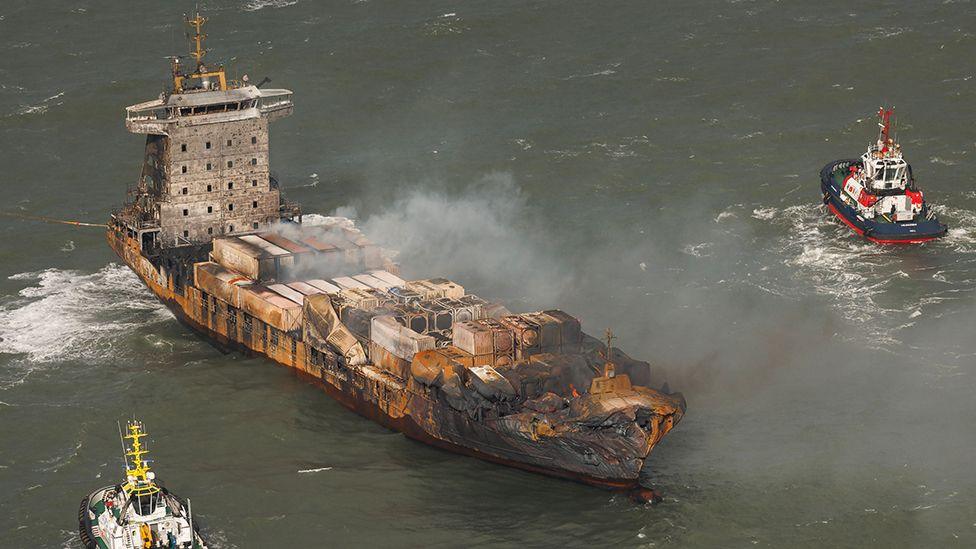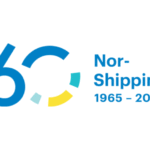Why Maritime Failures Are Rising – And What Ship Operators Can Do About It
There’s a sobering truth making waves across our industry: between 2018 and 2024, maritime casualties rose by 42%, according to a recent report by DNV. The causes? Machinery damage, aging fleets, and critically, a lack of effective maintenance.
These aren’t just statistics. These are warning signs. They tell us we must urgently rethink how we care for the lifeblood of maritime operations: our ships, systems, and the people who rely on them.
At SpecTec, we work with operators across the globe who are navigating complex regulatory environments, budget constraints, and rising operational demands. The sharp increase in casualties only confirms what many of us already suspected: reactive maintenance is no longer an option. It’s time for a proactive, structured, and data-informed approach to asset management.
The Maintenance Gap: Why Things Are Breaking Down
DNV’s findings point to a few systemic vulnerabilities:
- Aging fleets: The average age of ships continues to rise, increasing the risk of system fatigue and failure.
- Machinery damage: Often preventable, much of this damage results from improper lubrication, undetected wear, or skipped inspections.
- Poor maintenance execution: In many cases, maintenance is either irregular, underfunded, or inconsistently documented.
This aligns with what we see on the ground. Maintenance plans often exist – but aren’t always followed. Digital tools are in place – but aren’t always used effectively. And knowledge exists in silos, making it hard for crew, management, and shoreside teams to operate with a shared view of risk and readiness.
A Simple Truth: Maintenance Is Culture
Preventive maintenance is not just a technical issue. It’s a cultural one.
When crews are empowered with clear expectations, intuitive systems, and accessible data, they make better decisions faster. When those at the top commit to a culture of care – not just for compliance, but for people and performance – everything changes.
That’s why we created our Maintenance Effectiveness Checklist – a practical, evidence-based tool to help ship managers assess the maturity of their asset management practices. It covers everything from job planning and crew competence to spares availability and maintenance backlogs.
Used properly, this checklist reveals where your gaps are – and more importantly, how to close them.
Preventive Maintenance in Practice
Here’s what we recommend for every operator serious about reducing casualties and improving vessel uptime:
- Move from time-based to condition-based maintenance: Use sensor data and inspection logs to determine what needs fixing before it fails.
- Digitize maintenance records: Paper logs are prone to error and delay. Digital systems enable instant insights, fleet wide.
- Standardize across vessels: Variability is the enemy of safety. Apply consistent maintenance frameworks across all assets.
- Involve your crew: Your frontline teams are your eyes and ears. Involve them in reporting, planning, and decision-making.
- Audit, improve, repeat: Maintenance isn’t set-and-forget. Use audits (like our checklist) to refine and evolve your program continuously.
A Safer, Smarter Future
The rise in maritime incidents is a wake-up call. But it’s also an opportunity – to evolve how we work, to adopt smarter systems, and to foster a culture where maintenance is not just a task, but a shared responsibility.
At SpecTec, we believe technology alone doesn’t solve problems – people do. But the right tools, combined with the right mindset, can help every operator build a fleet that’s safer, more reliable, and future ready.
If you’d like to explore how we can support your maintenance transformation, our team is ready – Book your AMOS Demo.
Let’s turn today’s challenges into tomorrow’s performance advantage.




